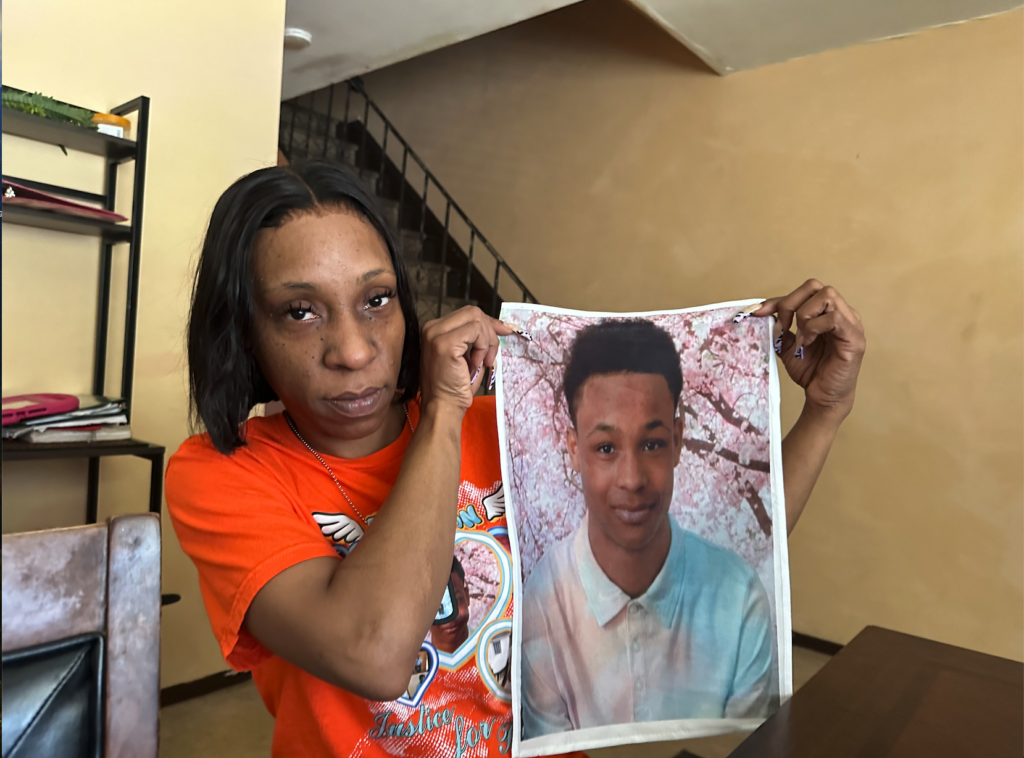Diocese of Rockville Centre files for bankruptcy as sexual abuse lawsuits mount

Facing more than 200 lawsuits with allegations of sexual abuse, the Diocese of Rockville Centre announced Thursday it has filed for bankruptcy.
In a video posted online, Bishop John Barres said the financial burden of the lawsuits has been “severe.” He said it became clear that the diocese “was not going to be able to continue to carry out its spiritual, charitable and educational missions if it were to continue to shoulder the increasingly heavy burden of litigation expenses associated with these cases.”
He added that the COVID-19 pandemic has compounded the problem for the diocese. Approximately 40 percent of its annual revenue comes from offertory collections, a press release noted, “which have dropped precipitously with attendance at Sunday Mass.”
Bishop Barres said the diocese, which serves about 1.5 million people, is filing a voluntary petition for reorganization under Chapter 11 bankruptcy code as a way to “ensure a fair and equitable outcome.” The bankruptcy court will centralize the litigation and “oversee a settlement making sure that no survivor is left out or gets unfair compensation at the expense of another survivor,” he said.
It’s currently the largest Roman Catholic diocese in the United States to file for bankruptcy, the New York Times reported. Additional dioceses in New York have already filed for bankruptcy, also citing the Child Victims Act, including the Diocese of Rochester and Diocese of Buffalo.
“We know this will be difficult news for the people across the diocese to hear, especially for the many people of Long Island, Catholic and non-Catholic alike who depend on the church in so many way,” he said. Current operations and ministries will continue without disruption, he added.
The lawsuits stem from the Child Victims Act, which New York passed in 2019 to increase the time that victims of sexual abuse could bring litigation. The old law allowed for child sexual abuse offenses to be prosecuted only within five years from their occurrence and civil lawsuits could only be brought within three years from the victim’s 18th birthday.
The new law allows the victims to bring a civil lawsuit at any time before they turn 55. The law also allowed for a one-year window for victims of sexual abuse to file civil lawsuit regardless of when the abuse occurred. Gov. Andrew Cuomo extended that time until Aug. 14, 2021 due to the pandemic.
“The Child Victims Act brought a long-needed pathway to justice for people who were abused, and helps right wrongs that went unacknowledged and unpunished for far too long and we cannot let this pandemic limit the ability for survivors to have their day in court,” Mr. Cuomo said in August.
More than 3,000 survivors have come forward to seek justice thank to the Child Victims Act, according to State Senator Brad Hoylman (D-Manhattan).
“Our goal is to make sure all clergy sexual abuse survivors — and not just a few who were first to file lawsuits — are afforded just and equitable compensation,” Bishop Barres said. “It is hope that this offers survivors the possibility of some measure of healing from these horrific abuses.”
Robert Hoatson, the president and co-founder of Road to Recovery, a nonprofit group that helps sexual abuse victims, said the diocese would have been better served by supporting victims from the beginning, rather then spending millions to fight the Child Victims Act.
He said it took 16 years to get the legislation passed, with the New York State Catholic Conference — which is paid for by the bishops of New York — spending “millions and millions of dollars to defeat us.”
“They could have used that money to pay the victims,” he said.
He added that it was hypocritical for Bishop Barres to claim he’s now empathetic to the victims.
“He could have been equitable and fair by treating each case separately and then helping victims recover and heal by dealing with them individually,” Mr. Hoatson said.
He said he once again calls for Bishop Barres to resign.
The Chapter 11 court filings lists 209 lawsuits. While some parishes are named in lawsuits, the diocese plans to petition the court to stop any separate civil actions against the parishes and bring the cases under the umbrella of the settlement process in the Chapter 11 case.
Mr. Hoatson said the diocese will have to reveal all of its assets and financial records as part of the bankruptcy proceeding.
“There should be significant funds there to help victims heal and recover,” he said.
The diocese said that the parishes and the Catholic schools of the Diocese of Rockville Centre are separate legal entities and therefore not included in the filing. The diocese had already been under financial stress, as evident by the closure in 2018 of Bishop McGann-Mercy High School in Riverhead and Our Lady of Mercy Regional School in Cutchogue. Our Lady of Mercy was consolidated into the former St. Isidore building in Riverhead to create John Paul II Regional School.
In June, the diocese announced three additional elementary schools would close in Commack, Port Jefferson and Port Washington.
Bishop Barres said after Chapter 11, the diocese would have fewer financial resources to help “struggling schools and parishes.”
Last year, two women now in their 60s said they were sexually abused by priests at St. Agnes Parish in Rockville Centre when they were around 11 years old, and that one of those priests was John R. McGann, who would go on to be the Bishop of the Diocese of Rockville Centre.
The diocese created a website with information related to the bankruptcy that can be found here.








